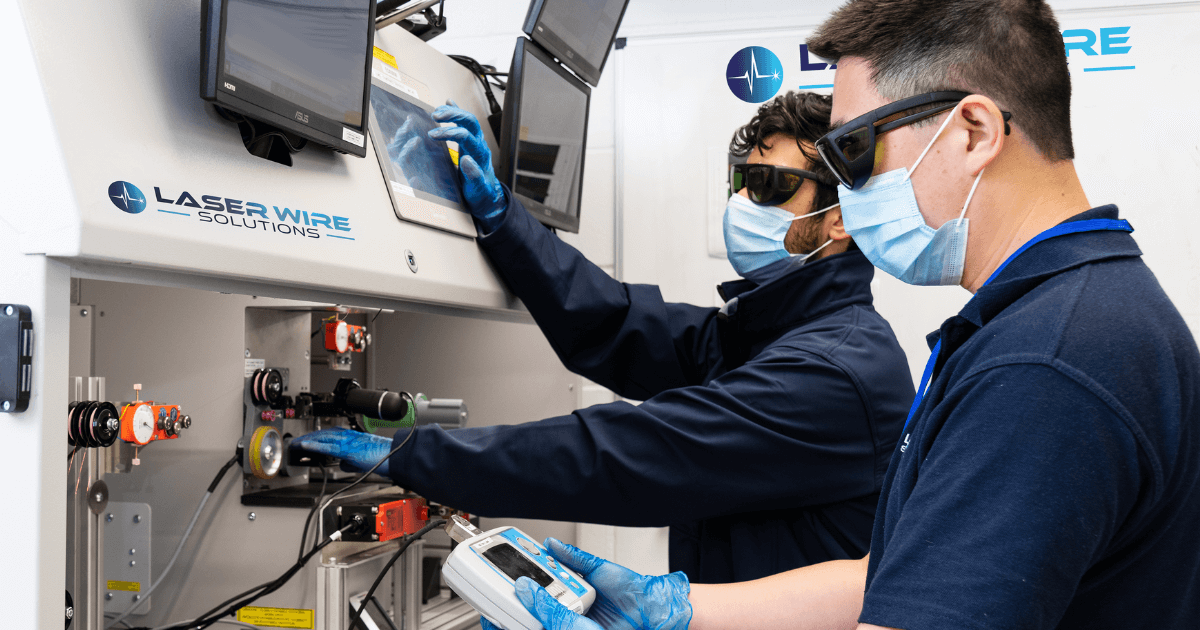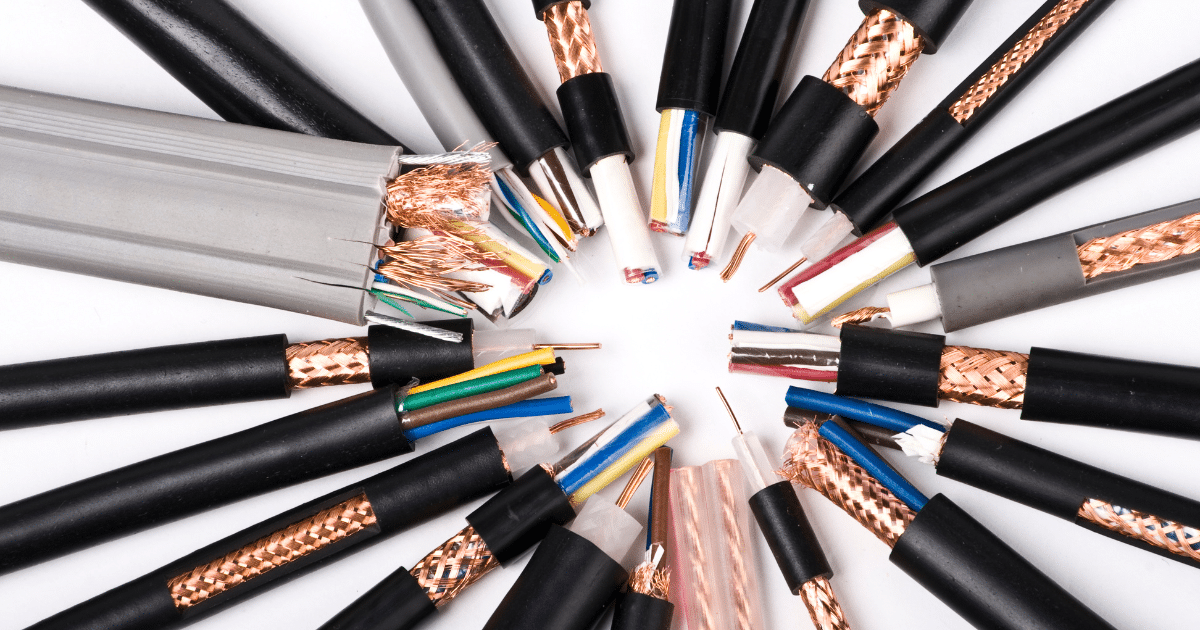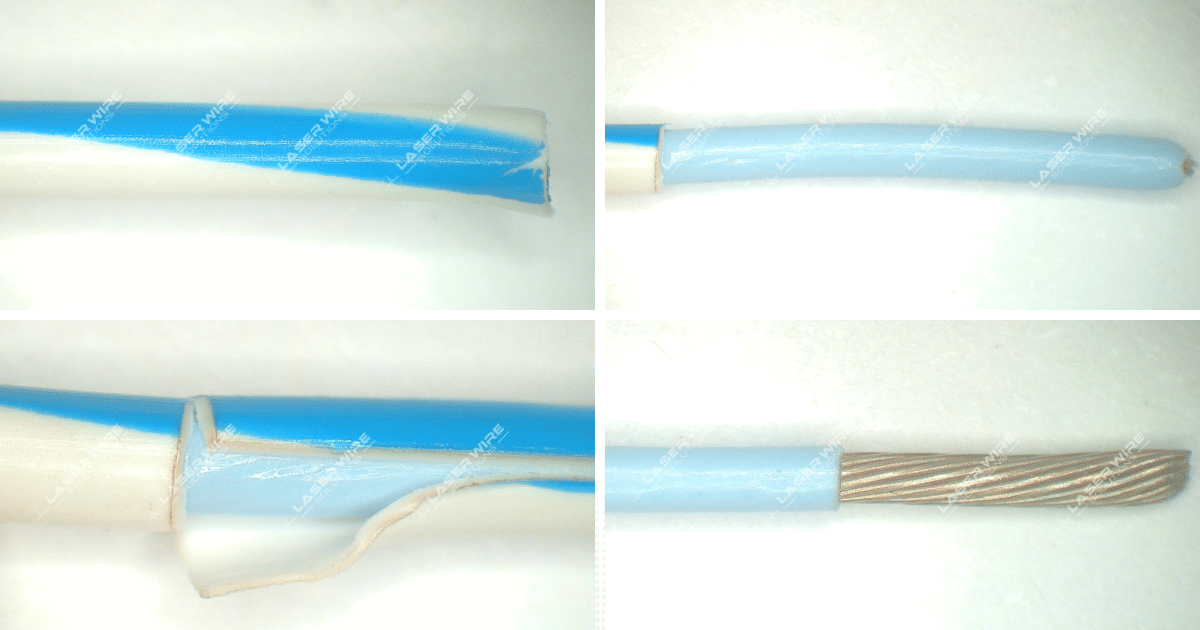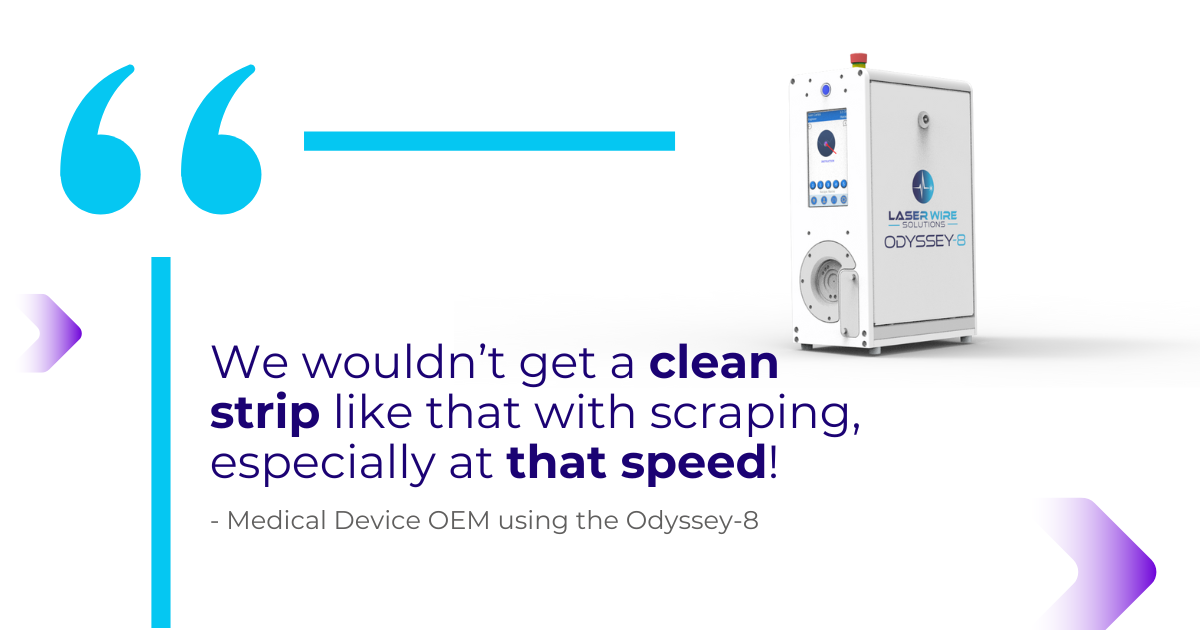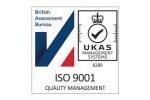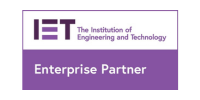Laser safety is a primary concern for any organization that plans to operate a laser. A laser can be hazardous to the eyes and skin if it’s not used properly, even at lower power levels. But with the right precautions in place, you can eliminate the risk of eye injury and other events.
It is important to understand laser safety best practices as an employee or potential employee of an organization that uses lasers. In this article, we’ll explore a number of laser safety resources including technical standards for laser safety, government regulations for using lasers and online laser safety classifications, along with some helpful resources to better understand laser technology.
Laser Safety Classes
All manufacturers of laser products have a responsibility to customers to provide details of the laser class. The classification is based on the output power(s) and wavelength(s) of the accessible laser radiation over the full range of capability during operation.
They are grouped according to their ability to do harm: the higher the number, the greater the harm. Current laser classes are 1, 1M, 2, 2M, 3R, 3B, and 4.
A Class 1 laser product is one that complies with laser safety standards from the International Electrotechnical Commission (IEC) or Federal Drug Administration (FDA) Center for Devices and Radiological Health (CDRH). Products with Class 1 lasers include items such as laser printers, CD players, and DVD players. They can be considered safe for use under all reasonable circumstances. As in the case of a CD or DVD player, the Class 1 laser product may contain a higher classification of laser, but that light is not accessible to anyone using or maintaining the equipment. All equipment supplied by Laser Wire Solutions is Class 1.
Class 1M lasers are safe for viewing with a naked eye but may become dangerous with the aid of other optical instruments such as magnifying glass or binoculars. Class 1M laser products include class 1 lasers if using a magnifying device.
A Class 2 laser is one with low power but is clearly visible to the naked eye. It is reasonably safe as accidentally viewing the beam will trigger the eye’s blink response, thus protecting the eye. Products with Class 2 lasers include items such as barcode scanners. However intentionally staring into a Class 2 laser can cause eye damage which is why children should never be left unattended with a Class 2 laser.
As with Class 1M lasers, Class 2M lasers are those products identified with a Class 2 laser but are of a higher class if optical aids such as magnifiers are used.
Laser pointers are often Class 3R lasers and can cause significant eye damage if viewed directly. Hence great care should be used when working with such a pointer. The power of such pointers has gradually increased over the years. Despite this the risks are not often well understood by users.
Class 3B lasers have an intermediate level of power compared to the aforementioned classes. Not only should the eye never be exposed to the laser, but also the skin should not be exposed. Lasers included in this class include some industrial lasers, laser light shows, and some research lasers. Laser safety eyewear is recommended whenever working with this class of laser.
A Class 4 laser is the highest class of laser radiation possible. This class of laser is hazardous to view at all times. Exposure to this class of laser may cause eye damage, cause materials to ignite or cause skin damage. The damage can occur not only from direct exposure to the laser beam but by being exposed to reflections of the light from surfaces whether they are shiny or not. Example uses of Class 4 lasers include surgery (e.g., laser eye correction surgery), research, drilling, cutting, welding, and micromachining. If you require additional information or training about the Class 4 laser in your production line, contact your manufacturer or get in touch with the Laser Wire Solutions laser experts for advice.
Unlike a CD or DVD player it is quite common for a user to have to access the inside of industrial equipment that includes lasers. This might be to insert material to be processed or to access the optics for cleaning. Industrial equipment is designed with a “safety related control system” that monitors the status of the machine guarding and in the event that the guarding is opened, it stops the laser from firing. In this way the operator or maintenance personnel can be completely protected from the laser radiation. For this to be effective, the safety related control system must be designed using approved components to international design standards.
As laser light can pose more of a threat than regular light there are a number of measures and regulations in place to help avoid injuries. It’s important to note, that lasers and laser equipment should never be opened or modified unless the person is qualified to do so.
Government Regulations
OSHA sets the standards for workplace safety. The Food and Drug Administration (FDA) sets standards for laser safety in the medical field. The Environmental Protection Agency (EPA) sets standards for laser safety for the operation and maintenance of laser-based sensors. And the U.S. Department of Energy (DOE) sets standards for laser safety in scientific research.
Other government agencies may also have laser designation or regulatory authority. It is important to know which agency regulates the specific laser type in your organization. This will help you determine which regulatory agency sets your organization’s laser safety standards.
OSHA Regulations for Laser Safety
The Occupational Safety and Health Administration (OSHA) has set out a number of laser safety standards for employers. If you work with lasers, these are the key guidelines to be following when using lasers:
- Any staff operating or working within proximity of the laser product are required to wear safety glasses or goggles around Class 3b and Class 4 lasers that are not enclosed.
- Ensure laser equipment is maintained according to the manufacturer’s instructions
- Avoid using lasers and laser machinery in environments that have reflective surfaces
- Turn off a laser before cleaning it.
- Ensure all operators receive training in laser hazards, warning signs, and how to respond to laser emergencies
When purchasing industrial laser equipment it is vital that the supplied user and maintenance instructions are read and followed. Failure to follow the supplier’s recommendations can result in access to dangerous radiation.
Useful Websites
The UK government has issued this laser safety advice. Alternatively, the Laser Institute of America have provided an outline of Government Regulations for America.
Clarion Safety have provided this guide to laser safety labels and their meanings.
LaserVision have provided quick tips on choosing the right safety eyewear when using lasers.
Laser Safety Courses
There are a variety of courses available to ensure the safety of employees and colleagues who will be operating machinery using lasers. There are also specialized laser safety officer courses training courses.

